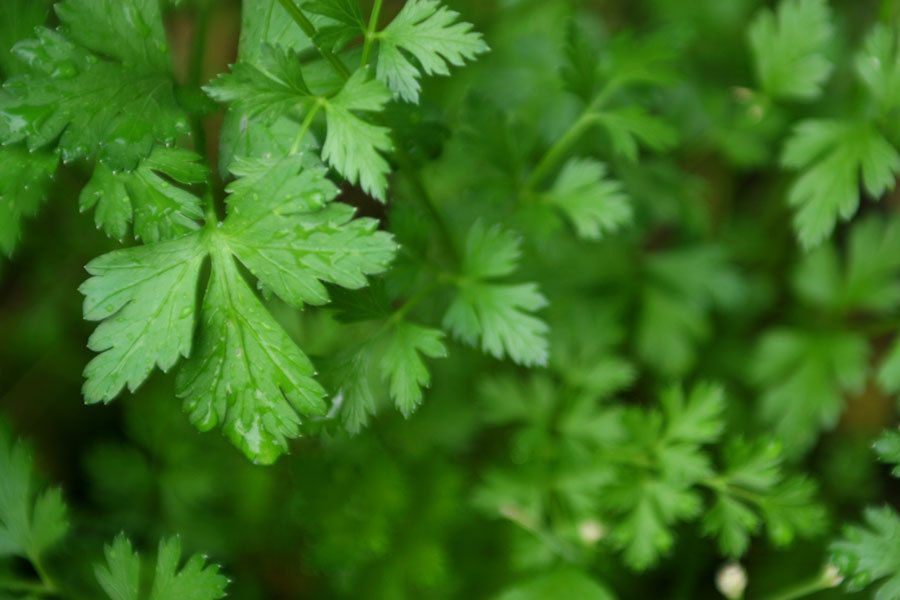
CONVENTIONAL PRODUCTS

Basil (Ocimum basilicum) is a popular kitchen herb used for flavouring food. It is also widely regarded for its health-enhancing properties. Basil has been a staple of medicine for generations and the herb has been used to treat a variety of different conditions.

Chives (Allium schoenoprasum) belong to the same family as onion, leeks and garlic. They are a hardy, drought-tolerant perennial growing to about 10-12 inches tall. They grow in clumps from underground bulbs and produce round, hollow leaves that are much finer than onion.

Dill (Anethum graveolens) has been known as an herb that has the ability to provide a high amount of health benefits. With connections in history as far back as the ancient Egyptian society, this herb has provided relief for certain body ailments while also being a proponent towards warding off immense diseases.

Marjoram (Origanum majorana) is an aromatic herb in the mint family which originated in Egypt and Arabia. As a culinary additive, it is commonly used to flavor soups, sauces, salads, and meat dishes. Cosmetically, marjoram is used in skin cream, body lotion, shaving gel, and bath soaps. Whether used as an essential oil, powder, fresh leaves, or dried leaves, marjoram has many uses with numerous health benefits.

Mint is a popular flavoring in many recipes and beverages. It is also beneficial to one's health and wellness as an herbal supplement. Mint has many positive properties that can treat a host of issues in the human body.

Oregano has been used for centuries, originally by the Greeks, for curing a variety of ailments. The ailments that oregano was used to treat in ancient times include a vast range of conditions from convulsions to heart failure. In the 19th century, herbal doctors proscribed oregano as a general well being tonic as well as to promote menstruation.

Rosemary was originally cultivated on the shores of the Mediterranean. In fact, the herb's Latin name, rosmarinus, is derived from the words "ros", which is translated to dew, and "marinus", which means sea, as Rosemary can survive on just the spray in the sea air. It is a plant well suited to growing in poor or sandy soil, high salt, high wind areas such as the conditions found by the sea.

Sage has one of the longest histories of use of any culinary or medicinal herb. It was used by herbalists externally to treat sprains, swelling, ulcers, and bleeding. Internally, a tea made from sage leaves has had a long history of use to treat sore throats and coughs; often by gargling. It was also used by herbalists for rheumatism, excessive menstrual bleeding, and to dry up a mother's milk when nursing was stopped.

Tarragon (Artemisia dracunculus) is an aromatic herb that is considered one of the four finest seasoning ingredients in traditional French cooking. Averaging about four feet in height when mature, the slender green leaves produced from branched stems of this herb contain aromas and flavors similar to anise. Both the leaves and stems are can be used, either fresh or dried, as seasoning in a wide variety of dishes.

Thyme is of the genus Thymus, most commonly Thymus vulgaris or common thyme. It has been well-used for centuries for a variety of purposes. People in ancient Rome used thyme in order to treat melancholy and added the herb to alcoholic beverages and cheese. The ancient Greeks would use thyme in incense. During medieval times, the herb was used in order to infuse the user with vigor and courage.